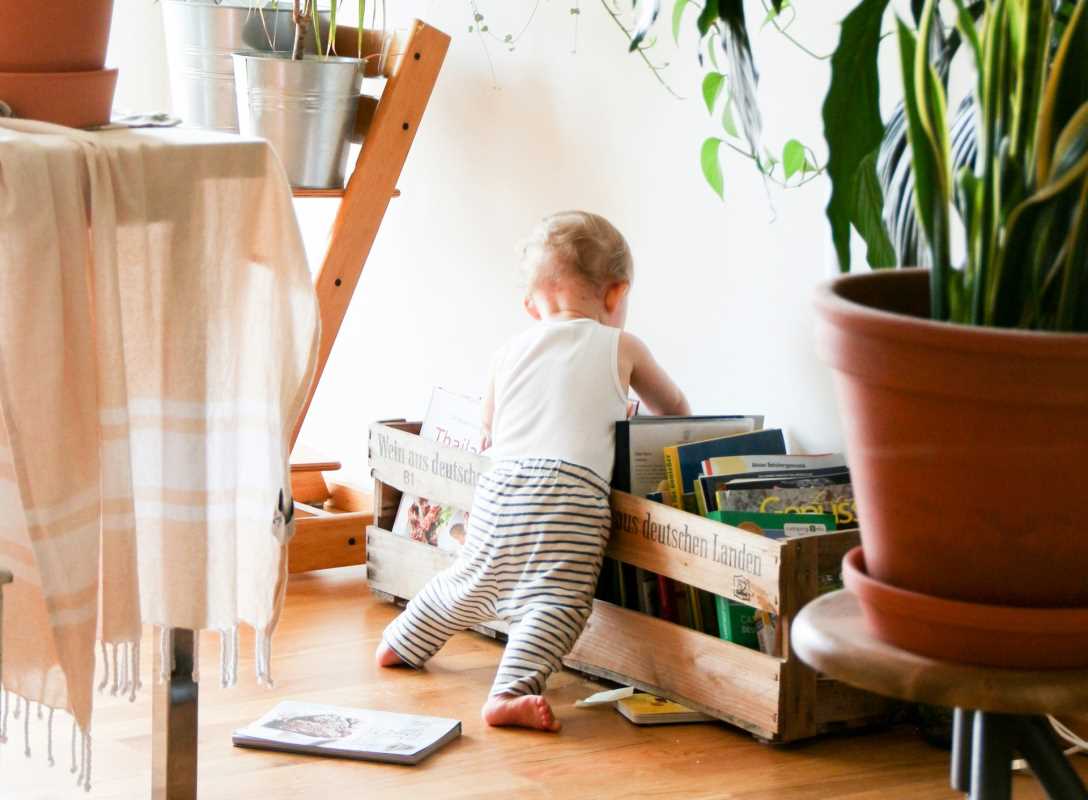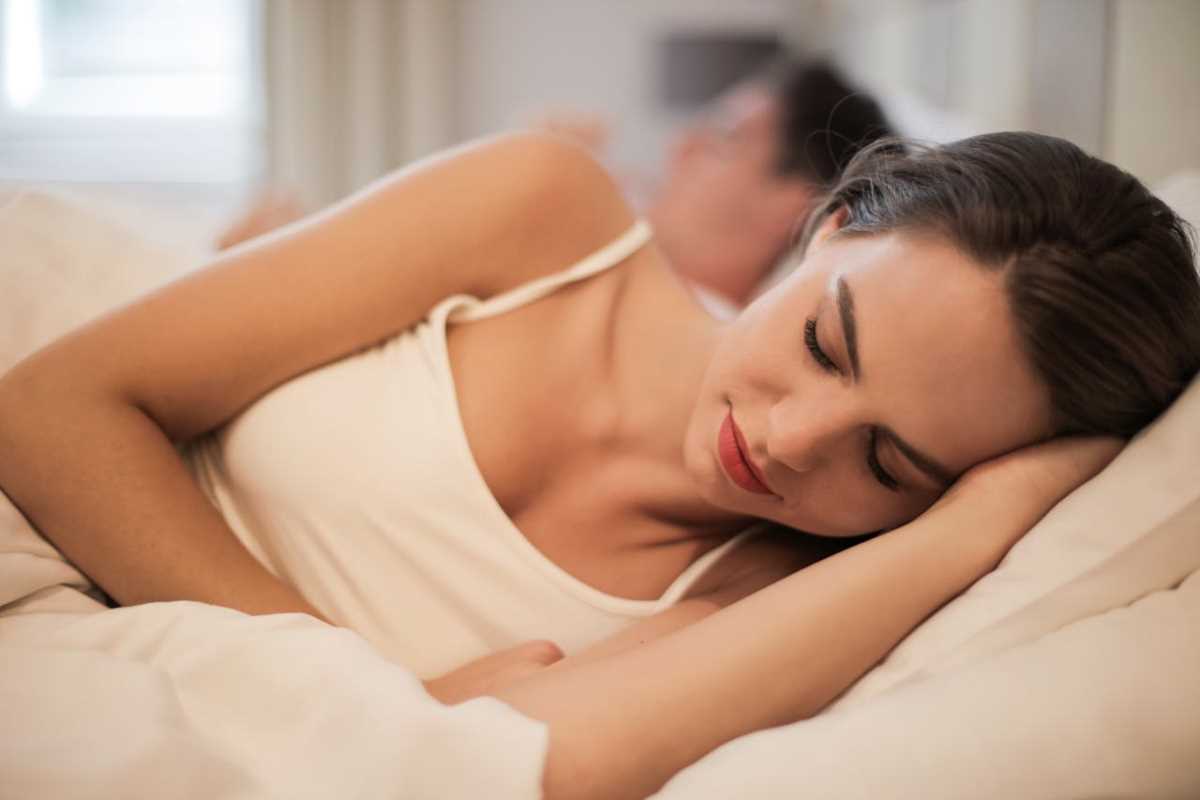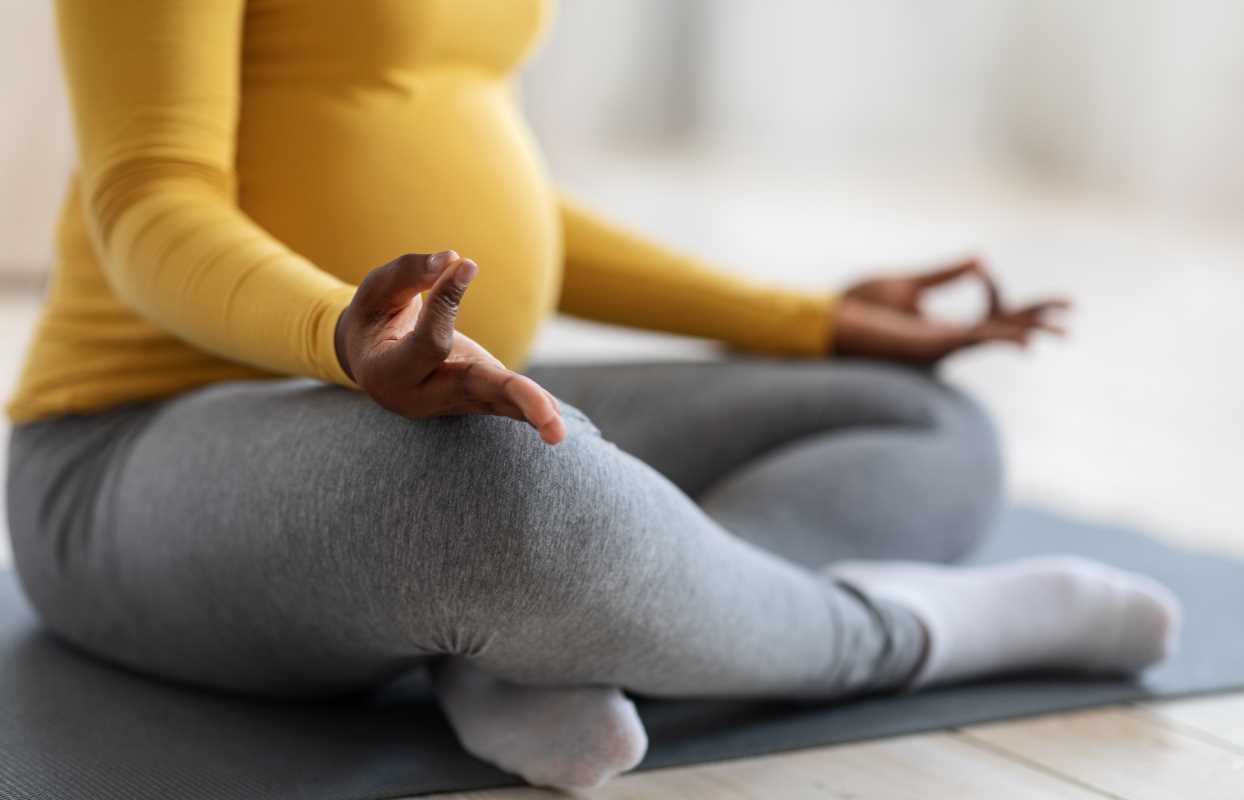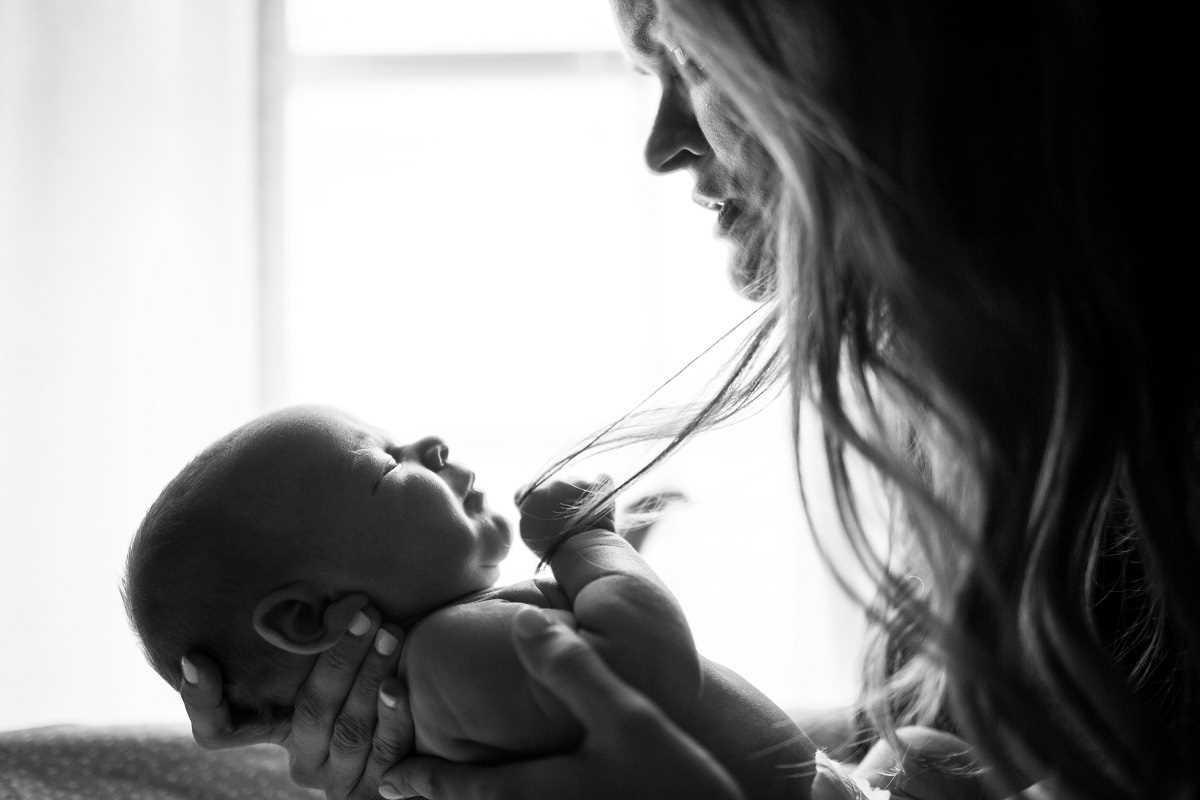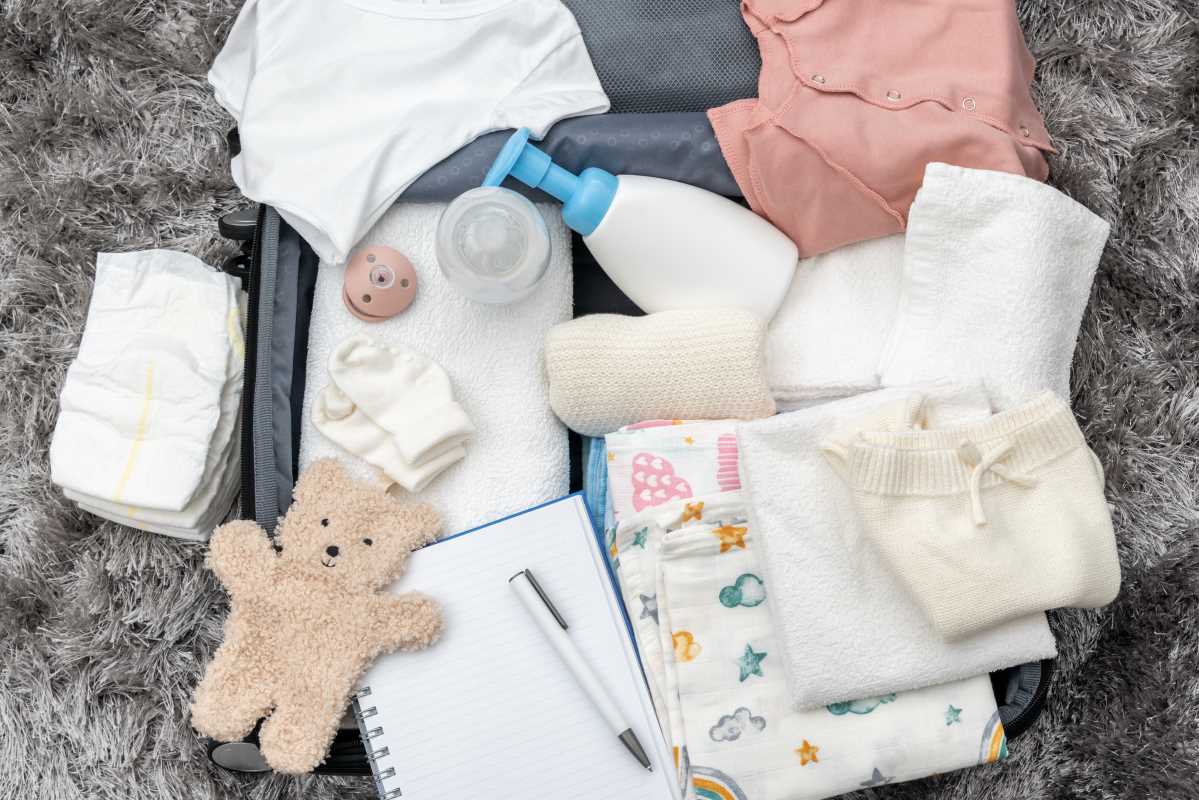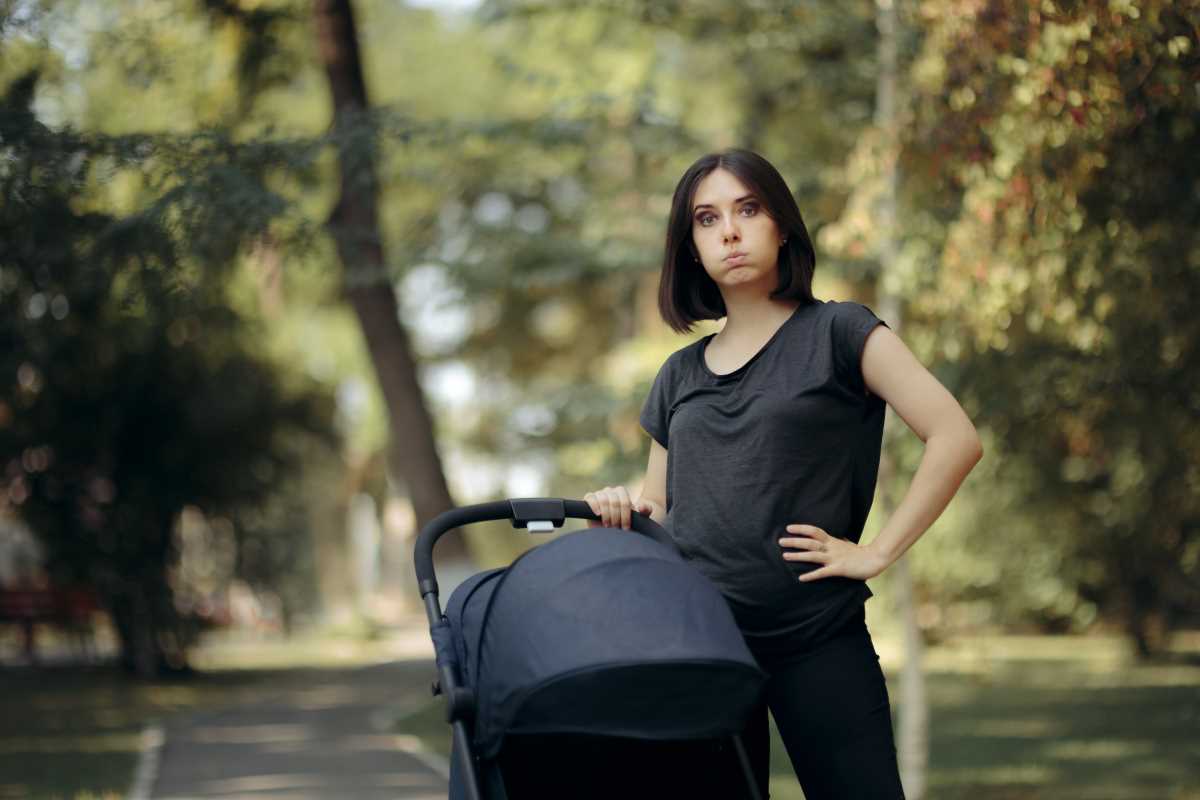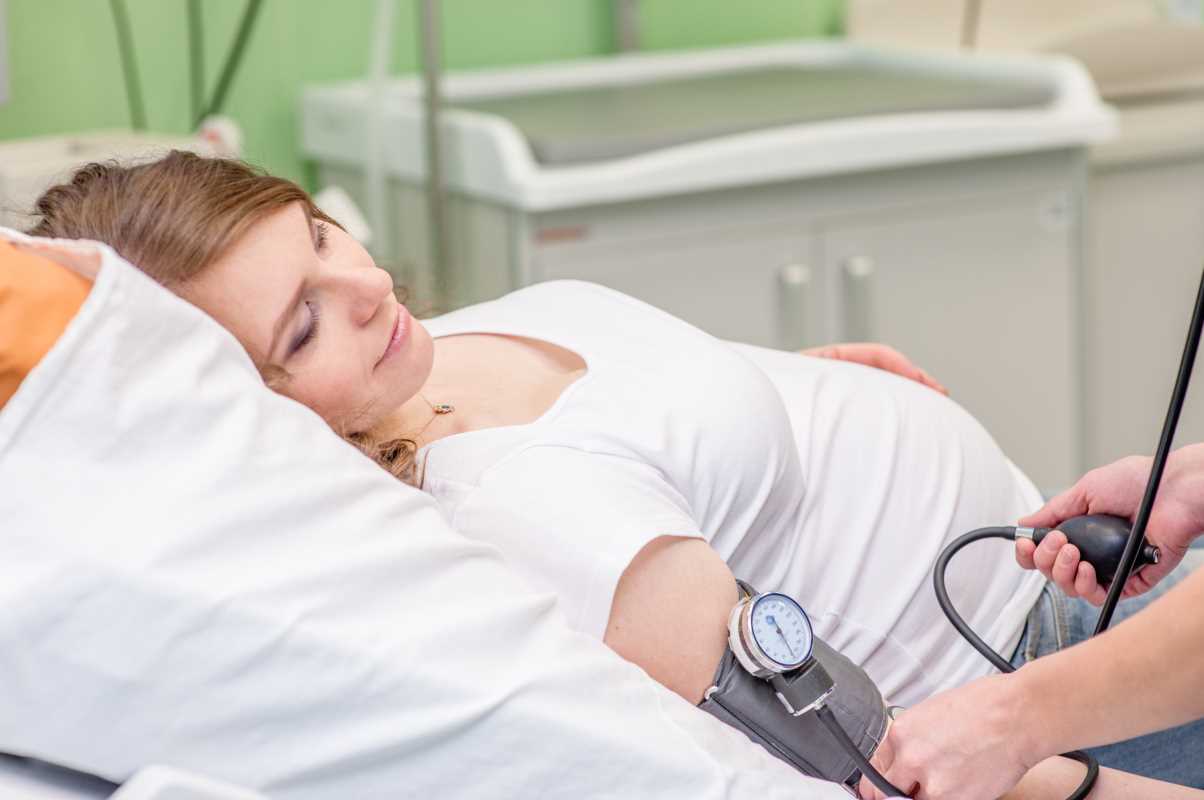Babyproofing your home is a crucial step in creating a safe environment for your little one as they start exploring the world around them. Babies are naturally curious and, as they begin to crawl and walk, they’ll reach for objects and spaces that might be dangerous without proper precautions. Here’s a comprehensive guide to babyproofing your home, room by room, to ensure a secure space for your baby to grow and explore safely.
General Safety Tips for All Areas
Before diving into specific rooms, it’s important to tackle some general babyproofing tasks that apply throughout your entire home:
- Secure furniture and appliances: Use brackets or straps to anchor heavy furniture, like bookshelves, dressers, and TVs, to the walls. Babies can pull themselves up on furniture, and these pieces could tip over if not secured.
- Cover electrical outlets: Install outlet covers or plates that prevent little fingers from poking into electrical outlets.
- Hide or secure cords: Use cord winders or clips to bundle and hide electrical cords. Curtain and blind cords should be tied up or replaced with cordless versions to prevent strangulation hazards.
- Install safety gates: Place gates at the top and bottom of stairs and in doorways to restrict access to certain areas. Look for gates that are sturdy and secure, especially if used near stairways.
- Check small objects: Anything that can fit into a toilet paper roll is a potential choking hazard. Regularly inspect floors and surfaces for small objects like coins, buttons, or tiny toys that could be dangerous if swallowed.
Kitchen Safety
The kitchen is full of potential hazards, but with some simple modifications, you can make it a safer space for your baby:
- Lock cabinets and drawers: Install childproof latches on cabinets and drawers that contain sharp objects, cleaning supplies, and breakable items. You can leave one lower cabinet unlocked and stocked with baby-safe items (like plastic containers or pots) to keep your little one entertained while you cook.
- Stove and oven safety: Use stove knob covers to prevent your baby from turning on the burners. You can also install an oven lock to keep them from pulling down the door. Always cook on the back burners when possible and turn pot handles inward to avoid accidents.
- Secure trash cans: Keep trash cans out of reach, or use ones with locking lids to prevent your baby from accessing sharp or hazardous items.
- Avoid tablecloths: Babies might try to pull themselves up by grabbing onto tablecloths, which could result in hot food, dishes, or utensils falling on them. Opt for placemats instead.
Living Room and Common Areas
The living room is often a space where families spend a lot of time together. Here’s how to babyproof this area:
- Padding for furniture: Cover sharp edges on coffee tables, side tables, and other furniture with corner guards or soft padding to prevent injuries.
- Fireplace precautions: If you have a fireplace, install a hearth gate to keep your baby at a safe distance. If the hearth has sharp edges, consider using padding or guards around it.
- Secure fragile decor: Move fragile decorations like vases, picture frames, and glass items to higher shelves where your baby can't reach them.
- Window safety: Install window guards or stops to prevent windows from being opened more than a few inches. Ensure any furniture near windows is moved to avoid climbing hazards.
Bedroom Babyproofing
Your baby’s bedroom should be a peaceful and safe space for sleeping and playing:
- Crib safety: Ensure your baby’s crib meets current safety standards. The slats should be no more than 2 3/8 inches apart to prevent entrapment. Keep pillows, blankets, bumpers, and toys out of the crib to avoid suffocation risks.
- Dressers and changing tables: Anchor all dressers and tables to the wall, as babies might try to climb them. Use a changing table with raised sides to prevent rolling, and keep all supplies within reach, so you never have to step away.
- Toy storage: Use bins with lids or shelves to store toys when not in use, but avoid using heavy toy chests with lids that can slam shut. Look for storage solutions that won't pose a risk of tipping over.
Bathroom Safety
Bathrooms pose several safety risks, so it’s important to babyproof them thoroughly:
- Install toilet locks: Toilets are not only a drowning hazard but also a source of bacteria. Install toilet seat locks to keep them closed.
- Secure cabinets: Use cabinet locks for bathroom cabinets that store medications, cleaning supplies, and other dangerous items.
- Non-slip mats: Place non-slip mats inside the bathtub and on the bathroom floor to prevent slips and falls during bath time.
- Set water temperature: To avoid accidental scalding, set your water heater to 120 degrees Fahrenheit (48 degrees Celsius) or below.
- Store small items safely: Razors, nail clippers, and other grooming tools should be stored in a locked cabinet or out of reach.
Nursery and Play Area Safety
As your baby’s designated play area, the nursery should be carefully babyproofed:
- Soft flooring: If your baby spends a lot of time crawling or playing on the floor, consider using foam mats or carpets to cushion any falls.
- Keep toys safe: Regularly inspect toys for broken parts, loose buttons, or small pieces that could be choking hazards. Choose age-appropriate toys that meet safety standards.
- Baby monitors: If you use a baby monitor, ensure that cords are kept out of reach to avoid strangulation risks. Look for wireless options or secure cords to the wall.
Garage and Laundry Room
These spaces often contain chemicals and tools, making them potential danger zones:
- Lock up hazardous materials: Store paints, cleaners, and other hazardous substances in locked cabinets or on high shelves. Use childproof latches for access doors.
- Secure washing machines and dryers: Keep the doors to washing machines and dryers closed, and consider using appliance locks to prevent your child from climbing inside.
- Keep tools out of reach: Any sharp or dangerous tools, including gardening supplies, should be stored out of reach or in a locked toolbox.
Outdoor Areas and Backyard Safety
If your baby is starting to explore outdoor spaces, make sure the yard is safe too:
- Fence off pools and water features: If you have a pool, install a childproof fence around it with a locking gate. Remove or secure any smaller water features, like birdbaths or fountains.
- Lock sheds and garages: Keep sheds and garages locked, especially if they contain gardening tools, chemicals, or other hazardous materials.
- Check for small hazards: Regularly inspect your yard for small objects, sharp branches, or any plants that could be harmful if ingested.
Final Babyproofing Touches
Once you’ve gone through each room, take one last look for anything you may have missed:
- Get on your baby’s level: To really see the world from your baby’s perspective, crawl around on your hands and knees to identify potential hazards you might have overlooked.
- Inspect regularly: As your baby grows and becomes more mobile, new dangers can arise. Make it a habit to regularly inspect your home for safety concerns and adjust as needed.
Babyproofing your home is an ongoing process, especially as your baby becomes more active. By taking these precautions, you can help ensure that your home is a safe place for your child to explore and grow, giving you peace of mind while they learn about the world around them.
